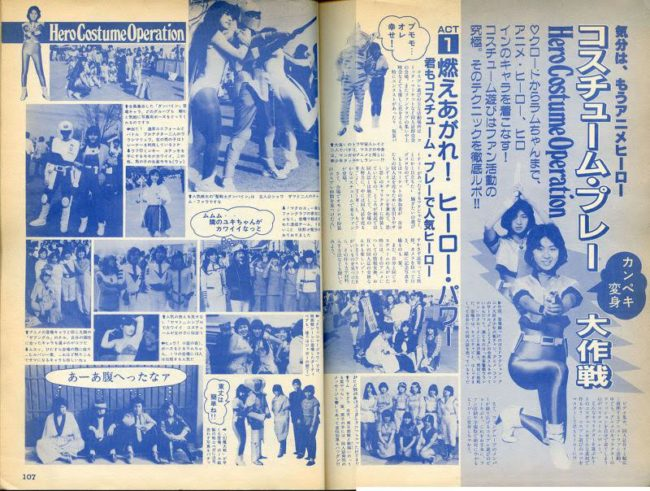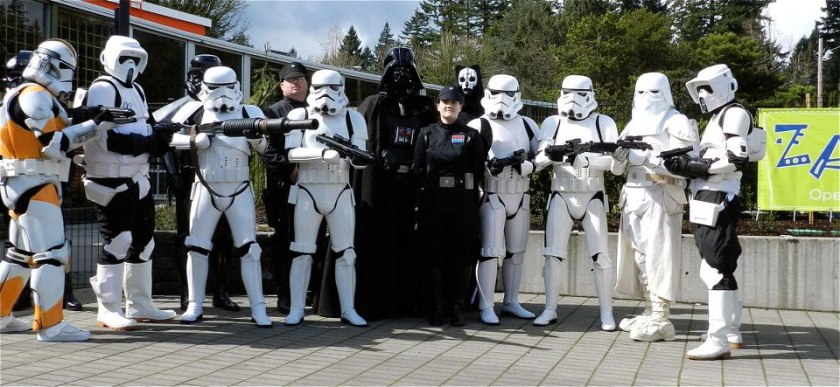Cosplay. A few decades ago that word meant little, but now has become a sizable part of popular culture. Costume play, as it was known before, is a form of performance art where people dress up as characters from movies, TV shows, videogames, comics, cartoons, and many other forms of media. It has become its own sect; and since its rise in the 1990s has continued to grow immensely.

Though the origin of cosplay isn’t completely agreed on, its thought to have come from early forms of masquerades, balls, theater, and big carnivals. In the early 20th century as Halloween costumes were becoming more mainstream, some adults went against the norm and donned some different clothing. One of the first documented ones was when Forrest Ackerman and Myrtle Douglas dressed up for a convention in New York in 1939. They were the first people to dress in costume at a convention, and they called their creation “futuristicostumes.”

Since then, with both Western and Japanese influences, it became more acceptable to wear these unique garbs at conventions. By the 1970s costuming was encouraged by some conventions like San Diego Comic Con, and in the 1980s a Japanese man named Nobuyuki Takahashi coined the term “cosplay”. It evolved even more as the years passed, and costume competitions became a part of conventions as well, spreading internationally with several countries participating.

Today there are professional cosplayers and they have essentially become celebrities. They go to conventions regularly, sign autographs, compete in competitions, and even host their own events all while having many fans and followers. Thanks to social media, cosplay has thrived and a community has been established where fans can support each other overseas, become friends, and share their own cosplays.

There are many cosplayers who spend hundreds of hours on their costumes and invest a lot of money into them to create a meticulous piece of art with all the right details- but it isn’t required. There is freedom when it comes to cosplaying; one can express their favorite characters by just putting on a few accessories. Most people are accepting of however you express your character; whether it be a genderbent version, a different time period, a different style, or one’s own interpretation.

Though it has come a long way from its beginnings, there have been a few speed bumps within cosplaying. There was a nudity movement that became most popular during the ’70s and ’80s which brought the “No Costume is No Costume” rule to try and limit costume choices that may be too revealing. Subsequently, rules have emerged for weapons to keep patrons safe at events.
Additionally, following incidents of cosplayers that have been sexually harassed, there has been a movement called “Cosplay is Not Consent”. The main focus is for people to respect cosplayers and their choices without displaying inappropriate social behavior towards them. It is meant to create an empowering, comfortable, and fun place for cosplayers to display their costumes.

As a whole the cosplay community is accepting and encouraging to others- and this form of expression is becoming more common in society. Many people love the process of creating and displaying costumes; for some it has become a lifestyle.

I’m a cosplayer for life
LikeLiked by 1 person
That’s awesome! What’s your favorite cosplay you’ve done?
LikeLike